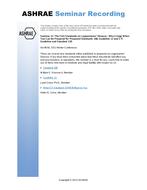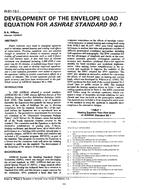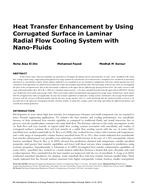USGBC’s LEED green building rating system has been a significant driver for market transformation since its debut in 2000. Even with much accomplished, the urgency still exists to improve our built environment. LEED v4, the next version of LEED, was released in 2013 and redefines leadership in green building. It includes many new concepts and more rigorous requirements to continue the transformation of our construction industry. One credit where this increased stringency is evident is the Indoor Environmental Quality credit for Indoor Air Quality Assessment. The air testing option in this credit aims to verify better quality indoor air in newly constructed buildings. Earning this option involves air testing for several contaminants commonly found in indoor air. As part of this testing, LEED requires testing for volatile organic compounds (VOCs) including total VOC (TVOCs) by utilizing standardized methods; namely EPA TO-1, TO-17, EPA compendium method IP-1 or the ISO 16000-6 method. Here, we ask the questions: what are the comparative advantages and disadvantages of the various VOC testing methods and what are the technical challenges that chemical testing laboratories encounter while undertaking VOC testing?
Citation: ASHRAE and AIVC IAQ 2016 Conf
Product Details
- Published:
- 2016
- Number of Pages:
- 6
- Units of Measure:
- Dual
- File Size:
- 1 file , 1000 KB
- Product Code(s):
- D-2016IAQ-3


